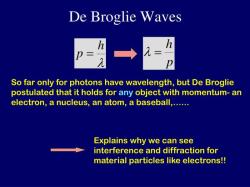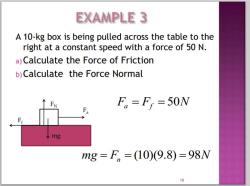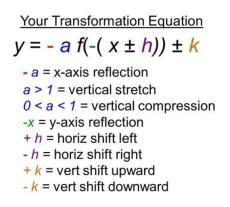What is angular acceleration formula?
Angular acceleration () is a measure of how quickly the angular velocity of an object is changing. It is defined as the rate of change of angular velocity with respect to time. The formula for angular acceleration is given by:
where:
- is the angular acceleration,
- is the change in angular velocity,
- is the change in time.
Angular acceleration is measured in radians per second squared (). If the angular velocity () is given in radians per second (), the formula can also be expressed as:
In this case, represents the derivative of angular velocity with respect to time.
It's important to note that angular velocity () is the rate of change of angular displacement () with respect to time and is related to linear velocity () by the formula , where is the radius of the circular path.
Angular acceleration plays a key role in describing rotational motion, such as the rotation of wheels, gears, and other rotating objects.
Understanding Angular Velocity and Angular Acceleration Concepts
1. Angular Velocity
Angular velocity, denoted by ω (Greek omega), is a measure of how fast an object rotates around an axis. It is defined as the rate of change of angular displacement, which is the angle through which an object has rotated. Angular velocity is measured in radians per second (rad/s).
Formula for Angular Velocity:
ω = Δθ/Δt
where:
- ω is the angular velocity in radians per second (rad/s)
- Δθ is the angular displacement in radians (rad)
- Δt is the time interval in seconds (s)
2. Angular Acceleration
Angular acceleration, denoted by α (Greek alpha), is a measure of how quickly an object's angular velocity is changing. It is defined as the rate of change of angular velocity. Angular acceleration is measured in radians per second squared (rad/s²).
Formula for Angular Acceleration:
α = Δω/Δt
where:
- α is the angular acceleration in radians per second squared (rad/s²)
- Δω is the change in angular velocity in radians per second (rad/s)
- Δt is the time interval in seconds (s)
Relationship between Angular Velocity and Angular Acceleration:
The relationship between angular velocity and angular acceleration can be expressed as:
ω = ω₀ + αt
where:
- ω is the angular velocity at time t
- ω₀ is the initial angular velocity
- α is the angular acceleration
- t is the time interval
Deriving the Angular Acceleration Formula and Its Applications
Deriving the Angular Acceleration Formula:
The angular acceleration formula can be derived from the definition of angular velocity. The definition of angular velocity states that:
ω = Δθ/Δt
If we take the derivative of both sides of this equation with respect to time, we get:
α = dω/dt = d²θ/dt²
This is the angular acceleration formula.
Applications of the Angular Acceleration Formula:
The angular acceleration formula can be used to solve a variety of physics problems, such as:
Calculating the angular acceleration of an object that is rotating at a constant rate and then changes its rate of rotation.
Calculating the angular displacement of an object that is rotating at a constant rate and then changes its rate of rotation.
Calculating the final angular velocity of an object that is rotating at a constant rate and then changes its rate of rotation.
Solving Physics Problems Using Angular Acceleration Formula
Here is an example of how to solve a physics problem using the angular acceleration formula:
A car tire is rotating at a constant rate of 20 rad/s. The car then applies the brakes, and the tire slows down to a stop in 5 seconds. What is the angular acceleration of the tire?
Solution:
We can use the formula α = Δω/Δt to solve this problem.
- ω₀ = 20 rad/s
- ω = 0 rad/s (since the tire comes to a stop)
- Δt = 5 s
Plugging these values into the formula, we get:
α = (0 - 20 rad/s) / 5 s = -4 rad/s²
Therefore, the angular acceleration of the tire is -4 rad/s². The negative sign indicates that the tire is slowing down.












